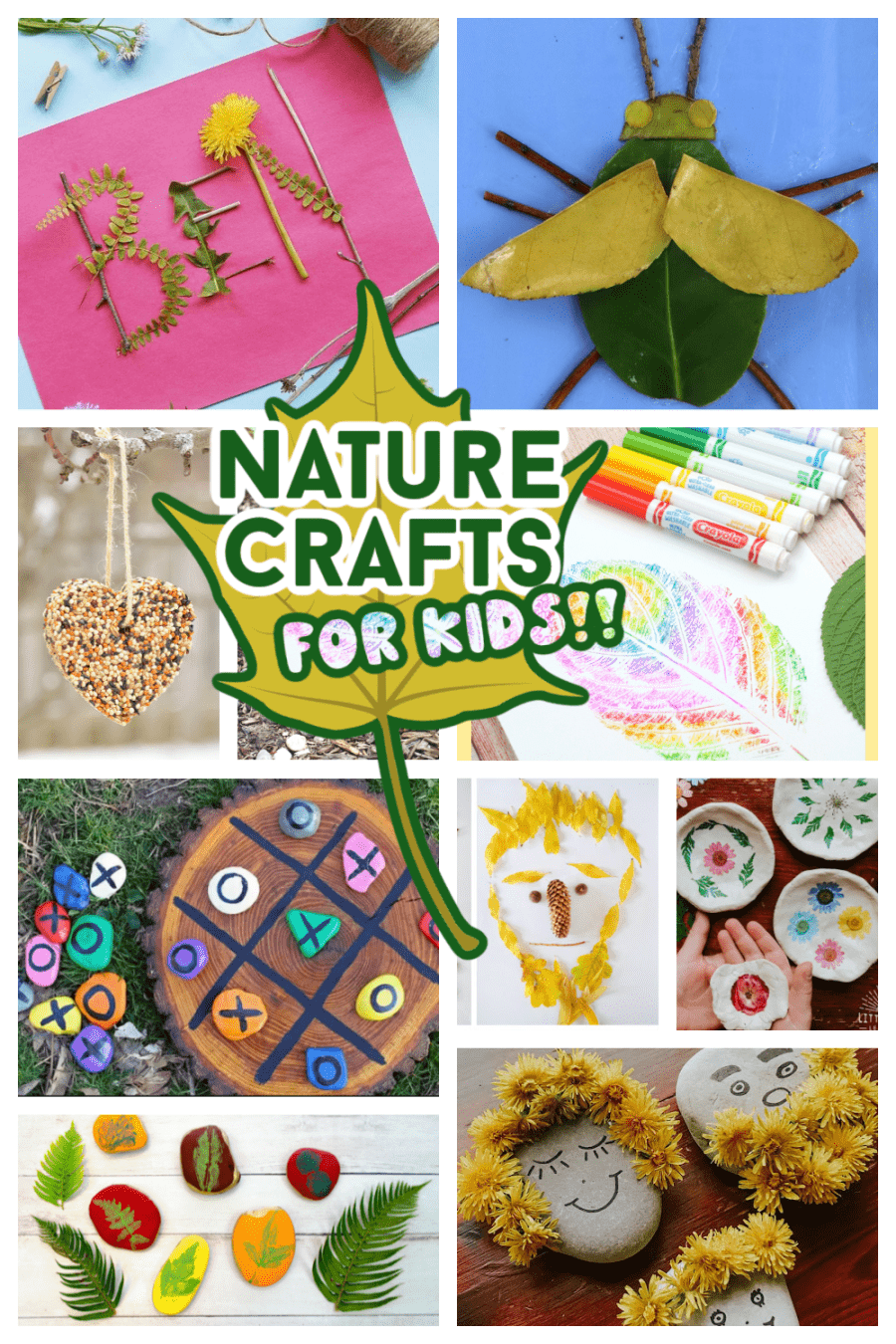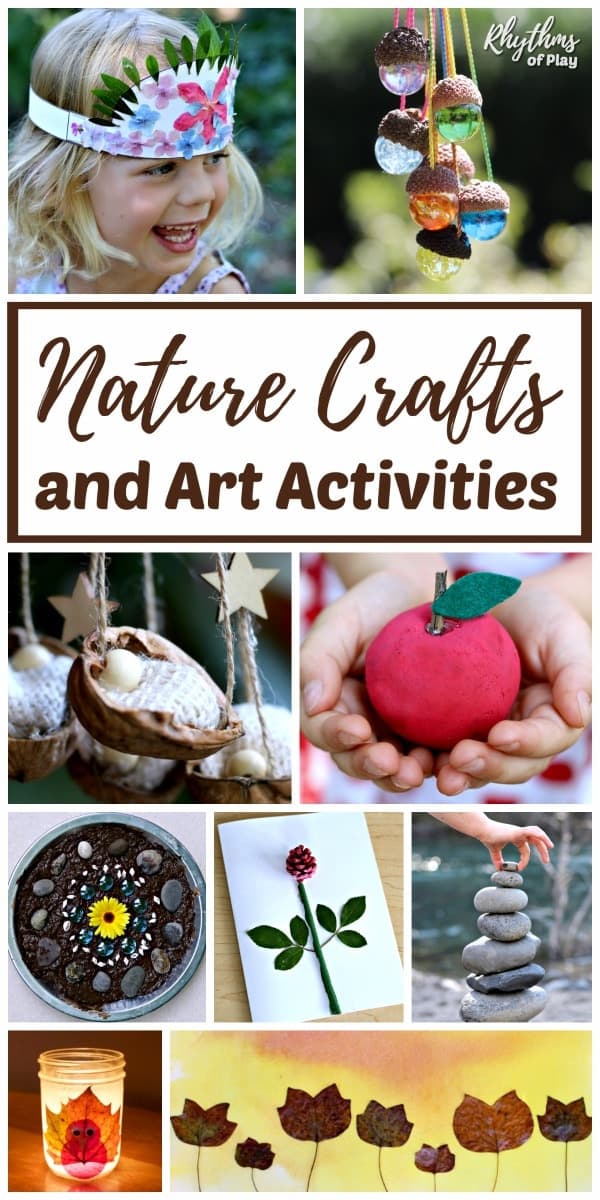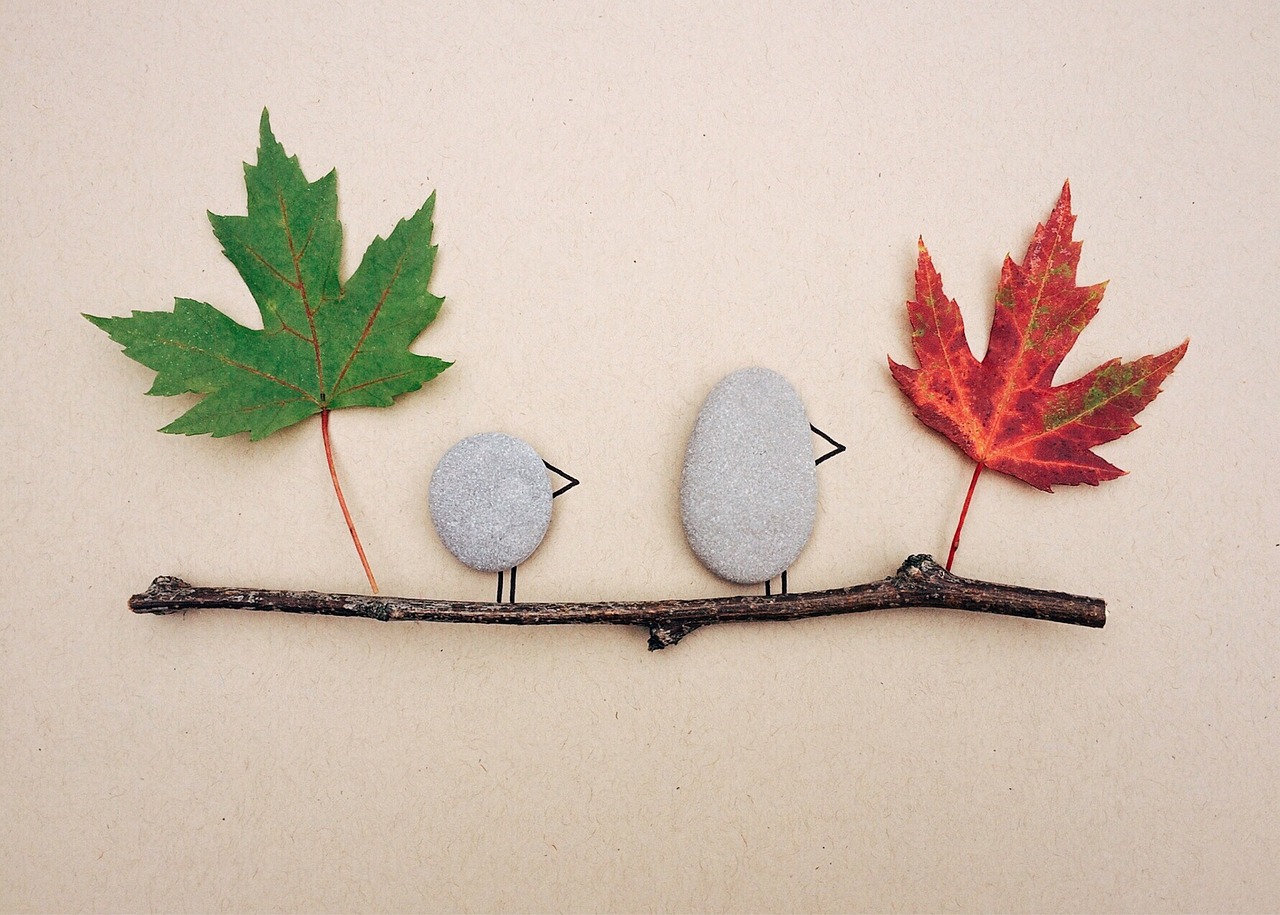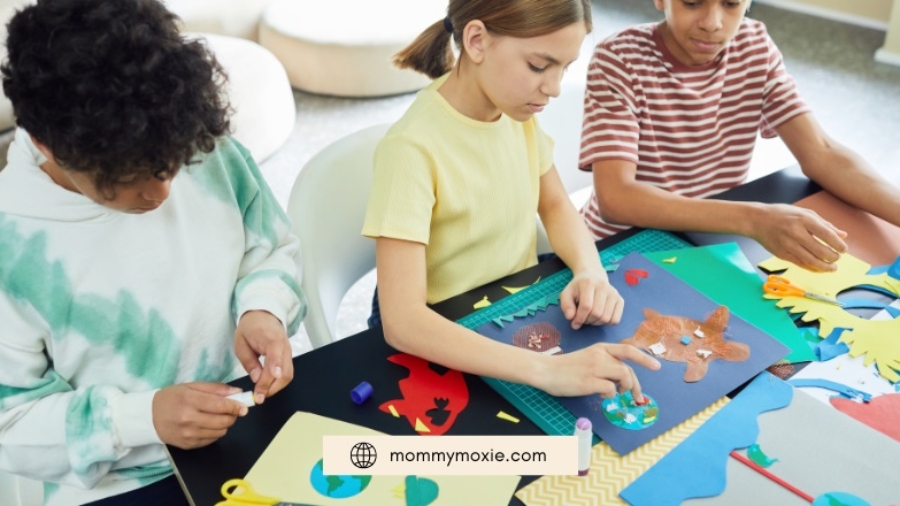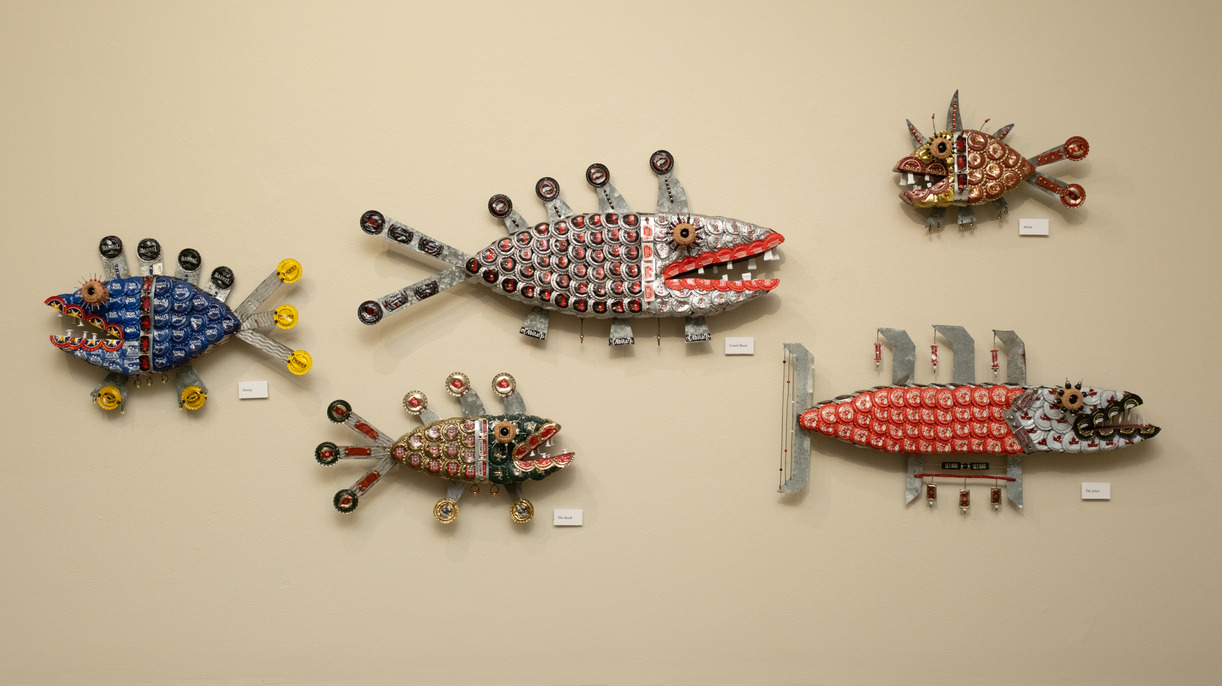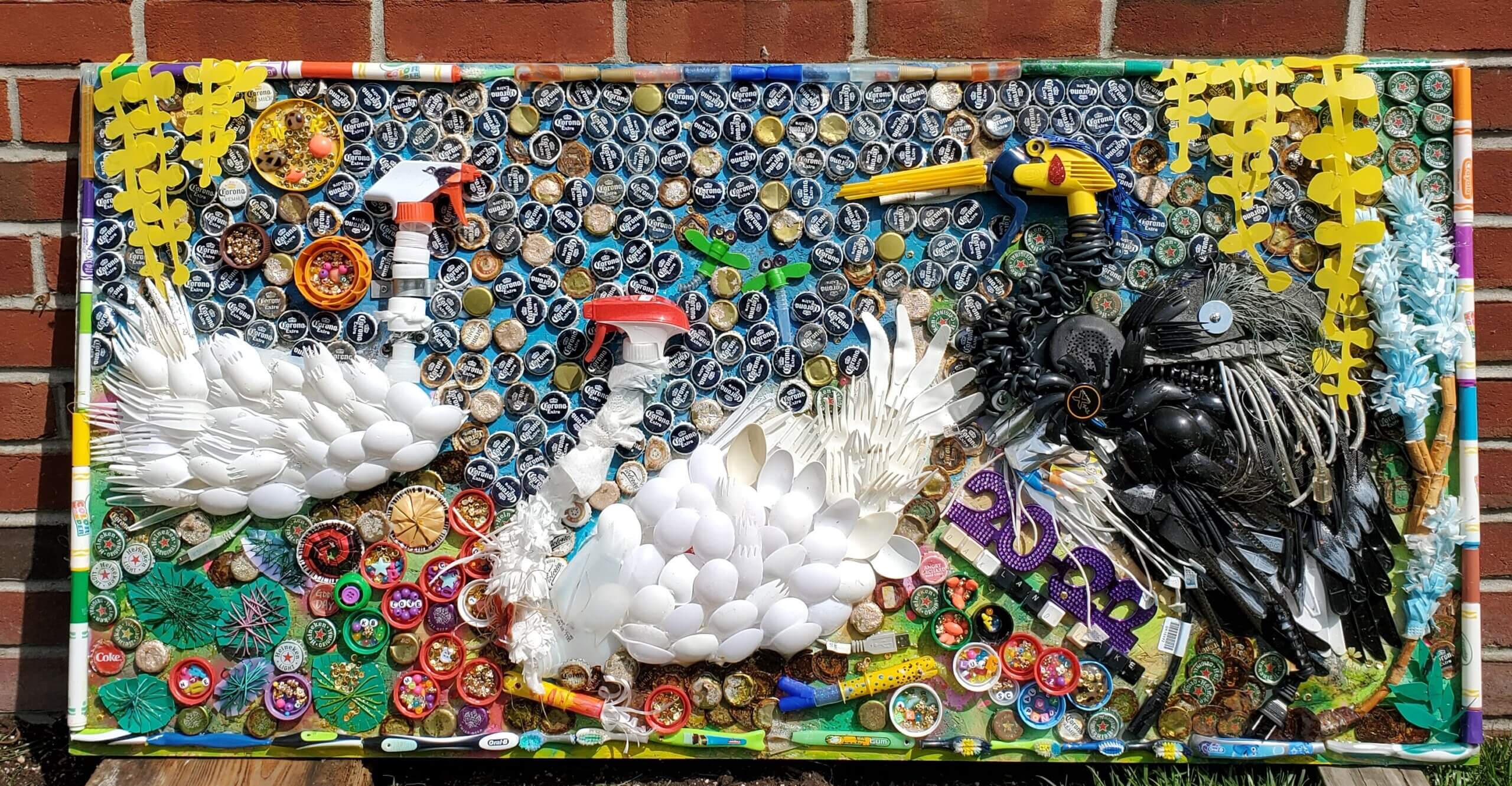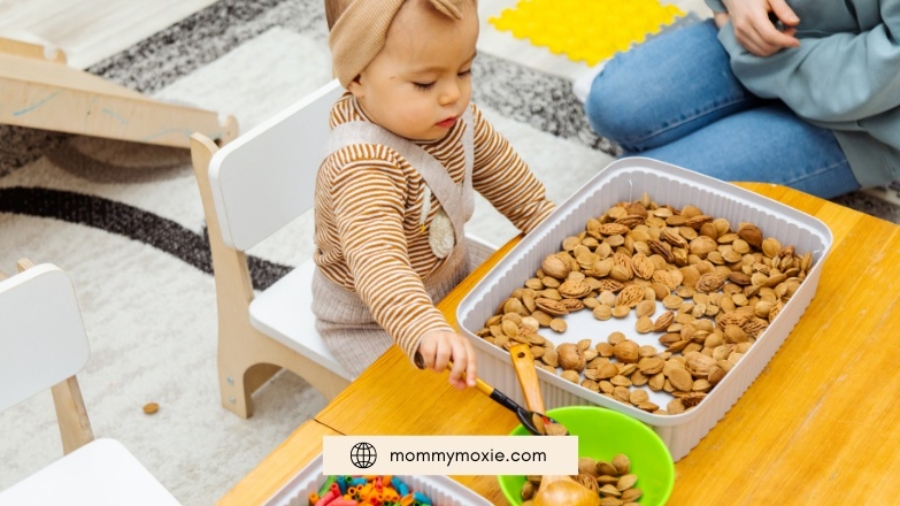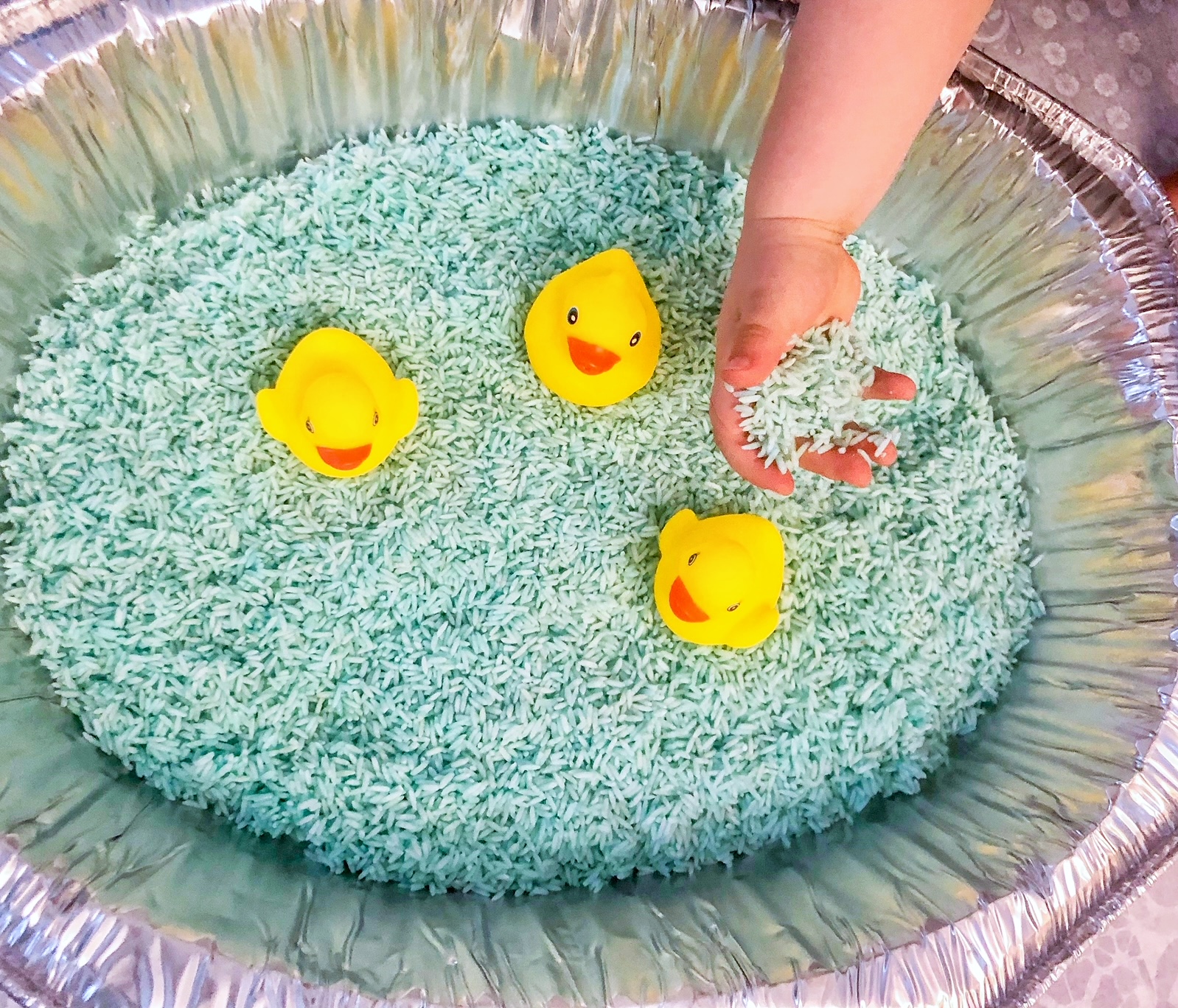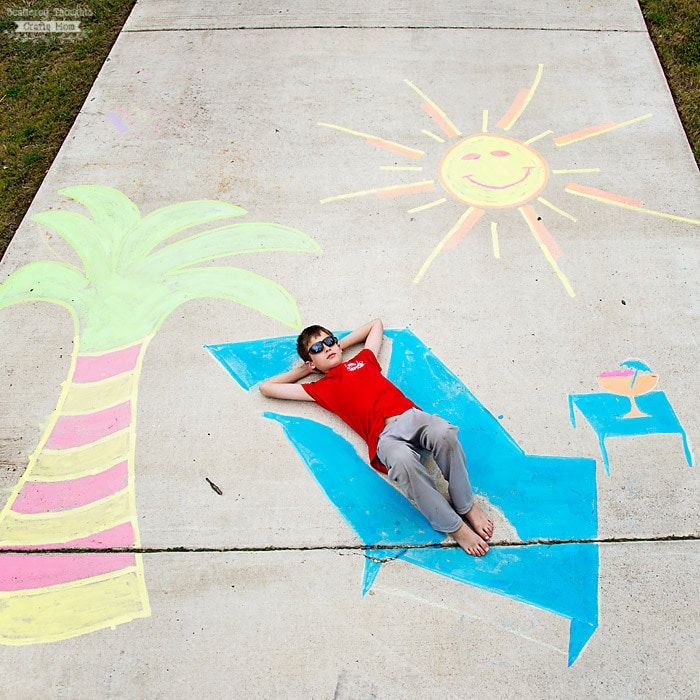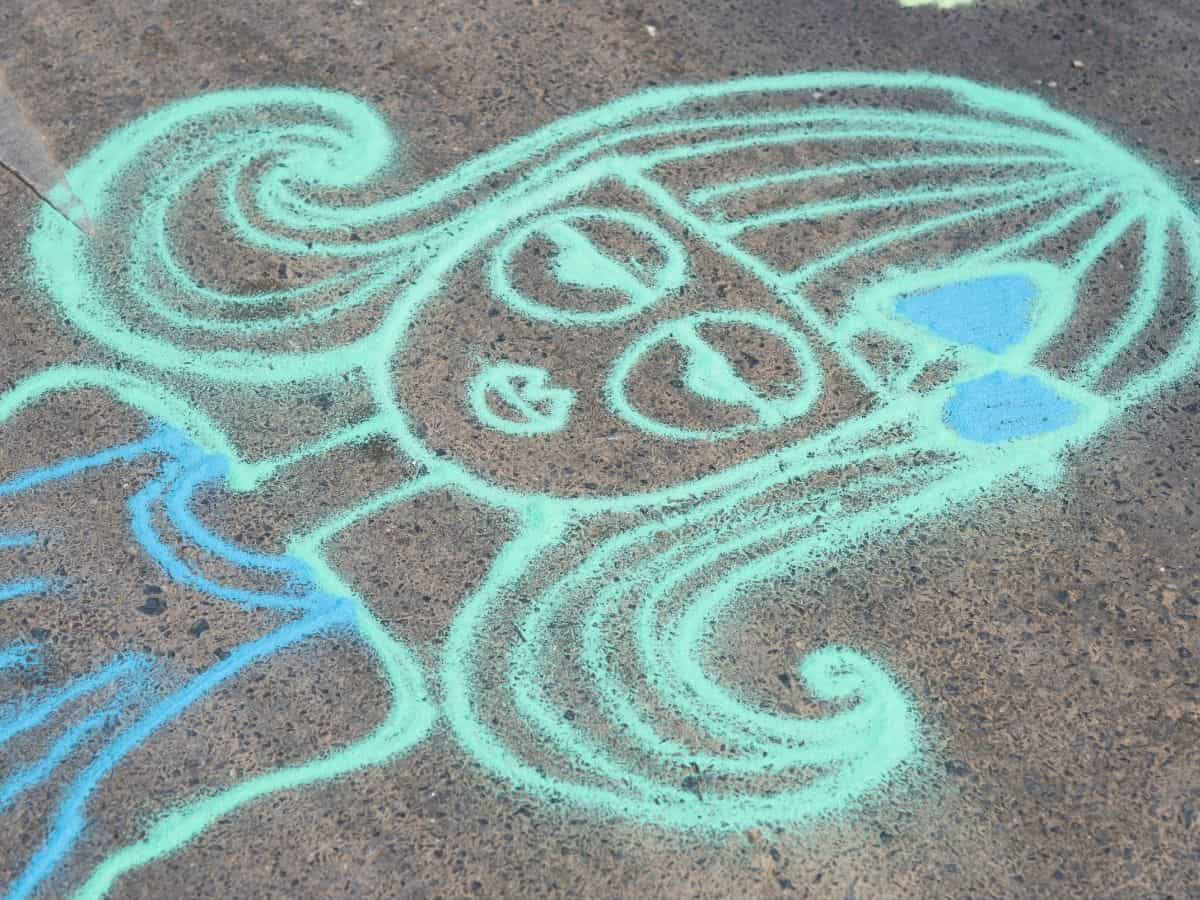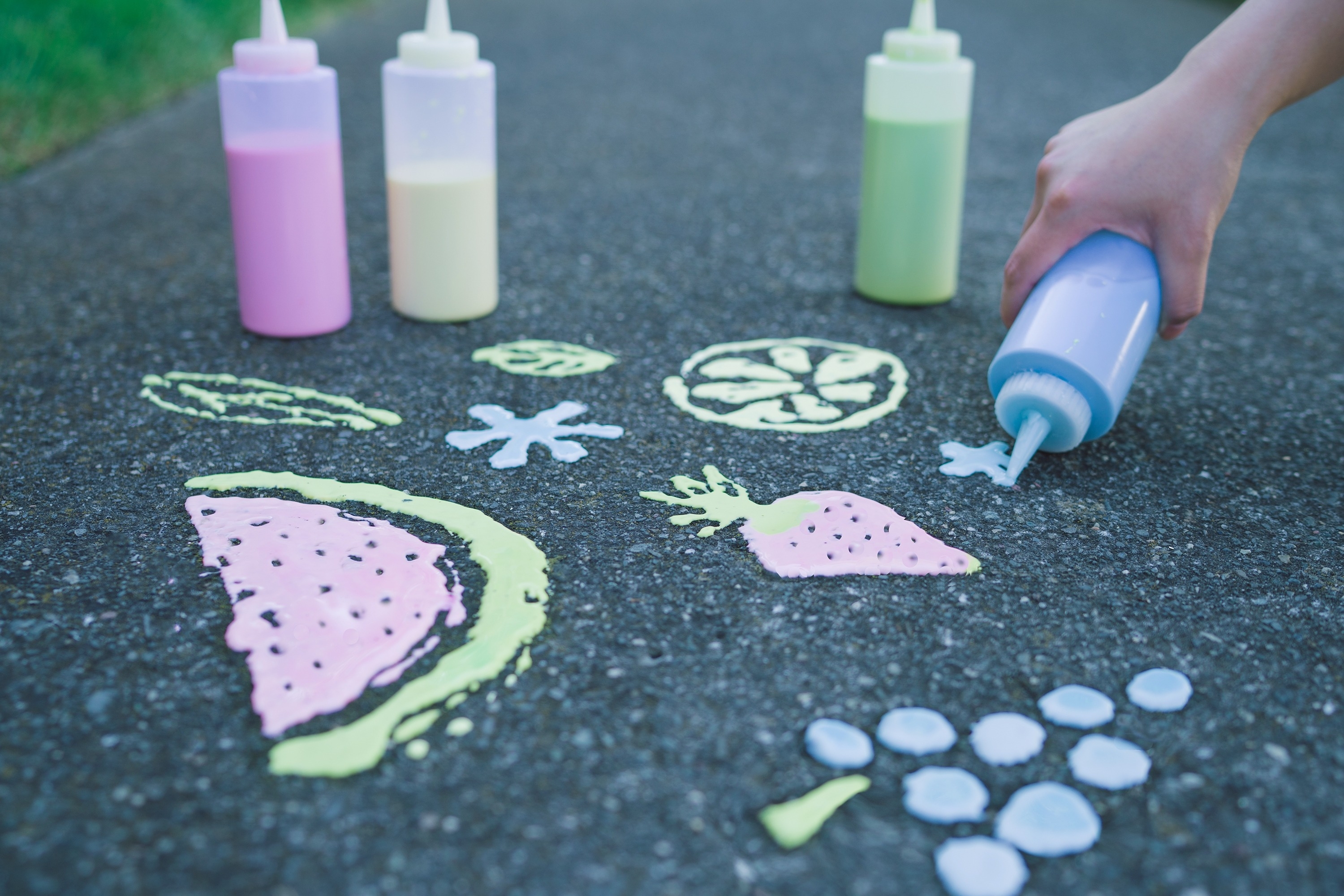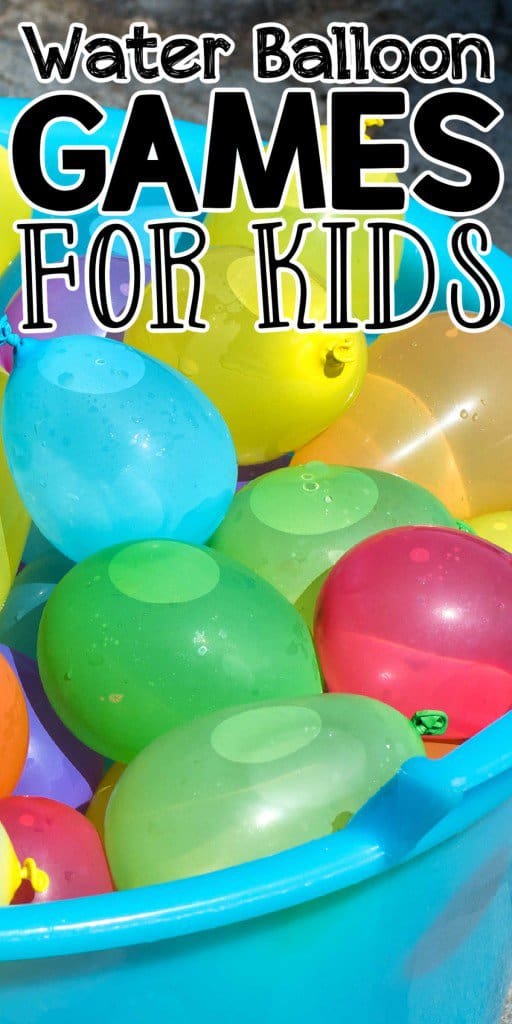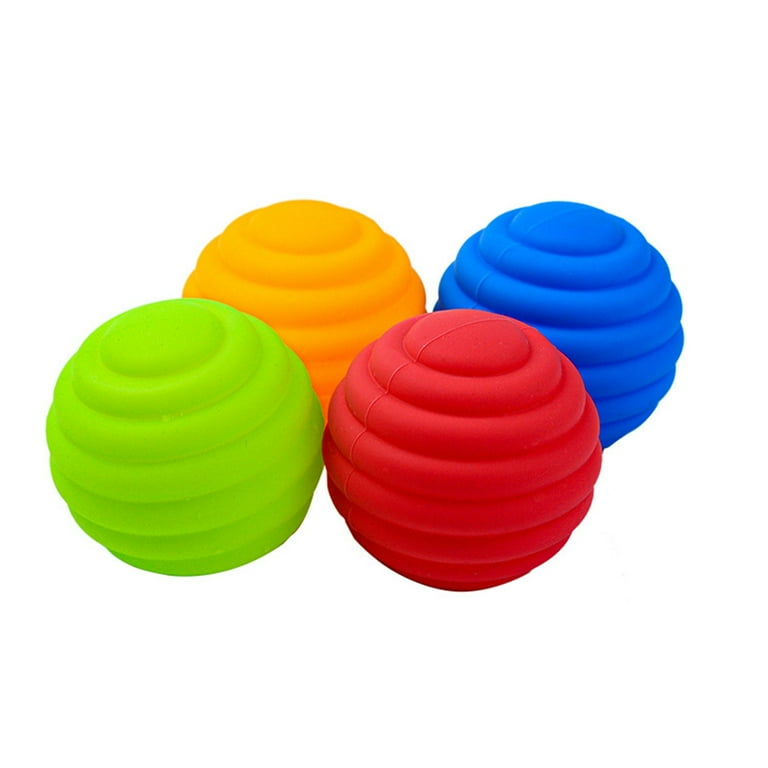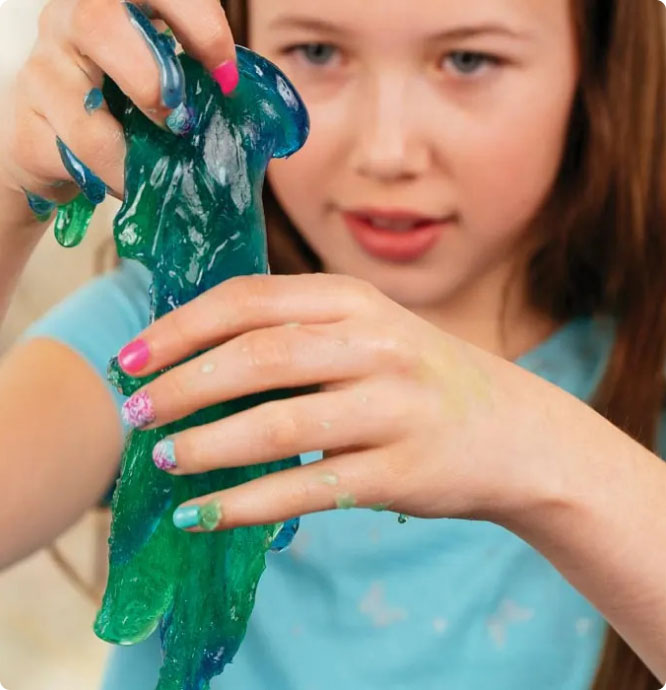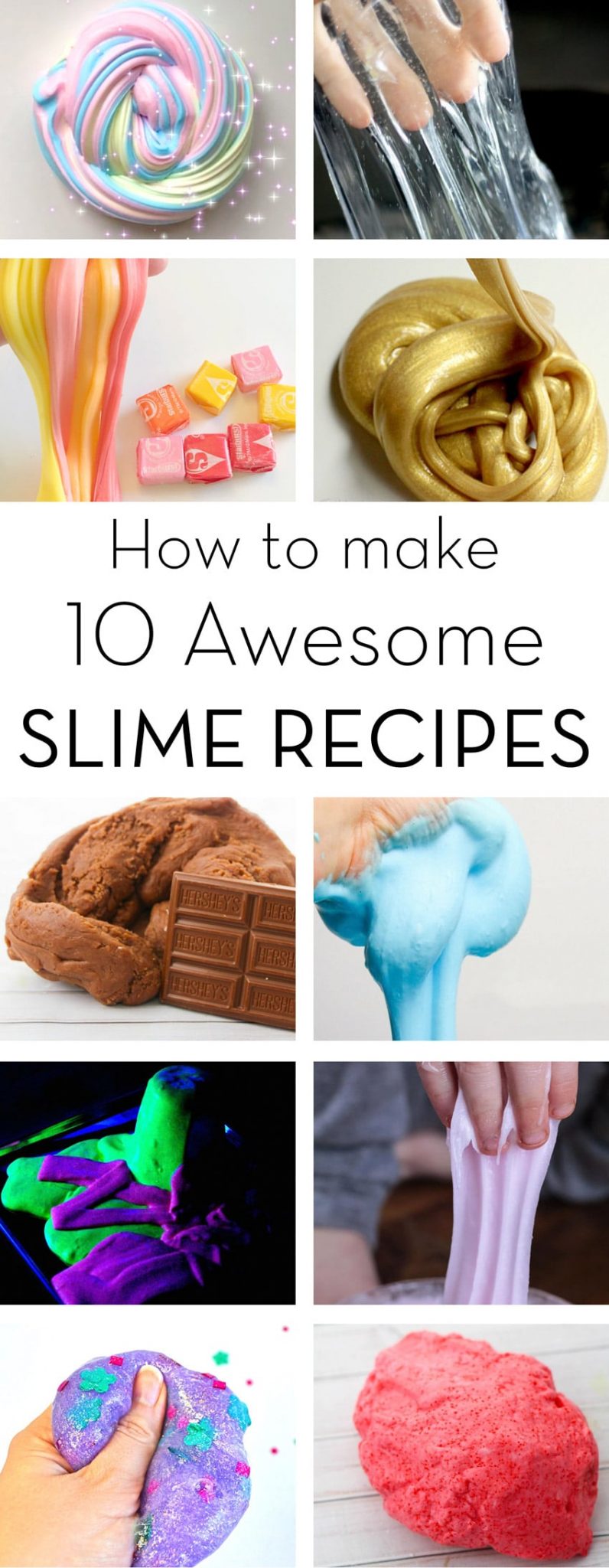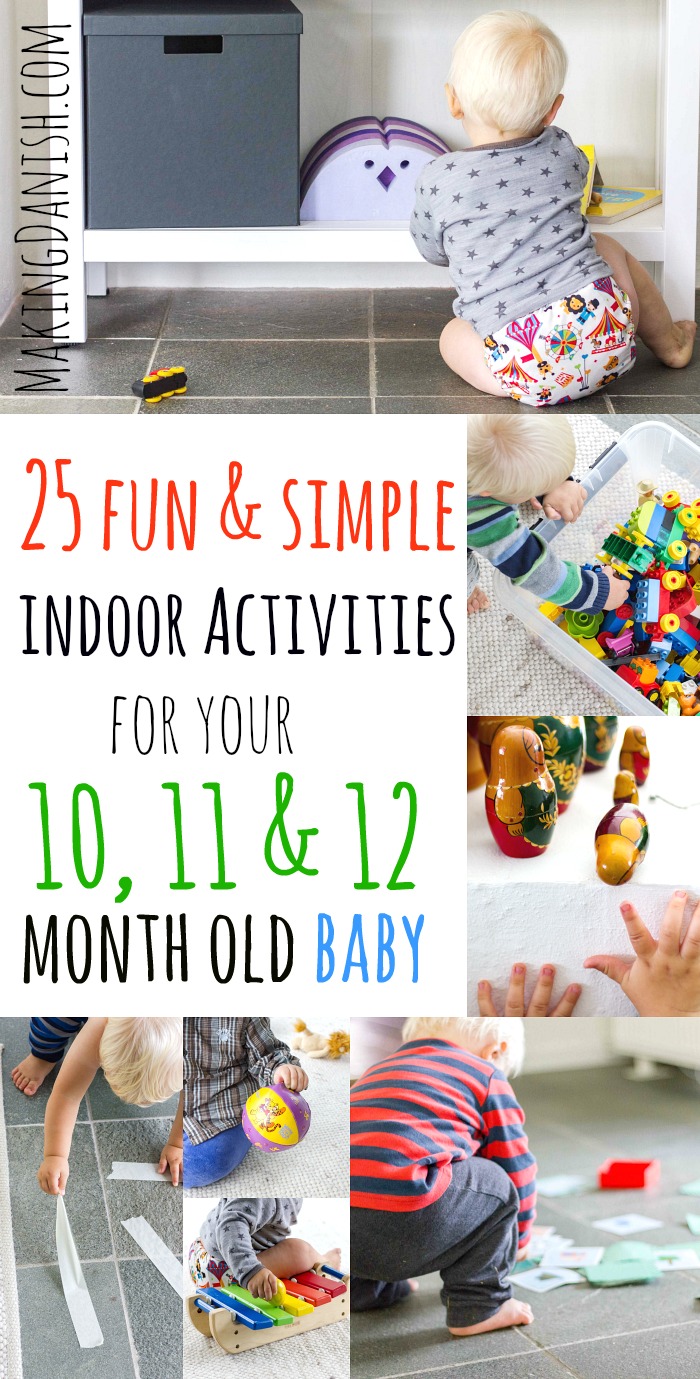Creating a backyard obstacle course is simple and fun. It offers great exercise and entertainment.
You don’t need expensive equipment or a large space. Just a little creativity and some basic materials. Imagine turning your backyard into a fun zone. An obstacle course can keep kids active and excited. It also brings the family together for some quality time.
You can use everyday items like ropes, tires, and cones. This activity is perfect for birthday parties or just a sunny afternoon. It’s a great way to encourage physical activity and outdoor play. So, let’s explore how you can create a simple DIY obstacle course in your backyard. Get ready for some fun!

Credit: www.youtube.com
Planning Your Obstacle Course
Creating a DIY obstacle course in your backyard is a fun and exciting project. It involves planning to ensure the course is safe and engaging. Let’s dive into the details!
Choosing The Location
First, pick a spot in your backyard that is flat and spacious. Ensure there are no sharp objects or hazards. The area should be large enough for several obstacles.
Think about the flow of the course. You want participants to move smoothly from one obstacle to the next. A clear, open space works best.
Designing The Layout
Next, sketch out the layout of your obstacle course. Visualize where each obstacle will be placed. Use chalk or markers to outline the spots on the ground.
Consider the sequence of obstacles. Start with easier challenges and gradually make them tougher. Balance fun and difficulty to keep participants engaged.
Make sure there’s enough space between obstacles. This prevents crowding and allows for safe movement. Leave room for participants to run, jump, and climb without bumping into each other.
Think about the materials you will use. Household items like ropes, tires, and cones can serve as obstacles. Arrange them creatively to maximize fun and challenge.
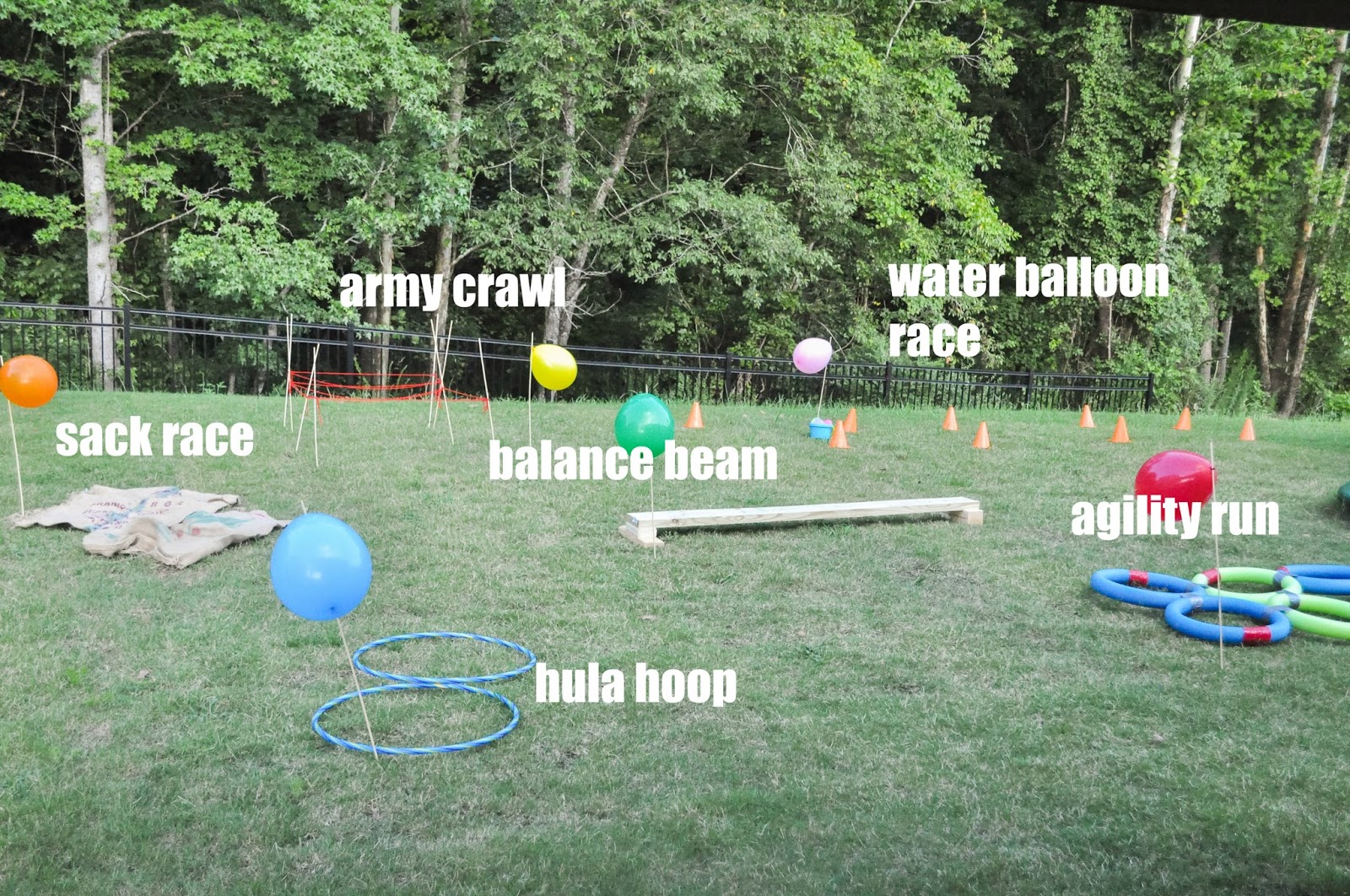
Credit: www.prettyrealblog.com
Gathering Materials
Start by gathering materials like cones, ropes, and hula hoops. Reuse old tires and wooden planks. Ensure all items are safe for kids.
Creating a simple DIY obstacle course in your backyard can be a fun and rewarding project. Before you start building, gathering the right materials is crucial. You can use a mix of household items and affordable supplies to create an engaging and challenging course.Using Household Items
You might be surprised by how many materials you already have at home. Look around your house for items that can be repurposed into obstacles. Old tires can become hurdles or stepping stones. Arrange them in a sequence to create a pathway or stack them for jumping. Chairs and tables can serve as barriers to crawl under or climb over. Make sure they are stable and safe for kids to use. Pool noodles can be bent and secured to create arches to run through. Use duct tape to hold them in place. Gather pillows and blankets to set up a soft landing zone for jumps. It’s a great way to ensure safety while keeping the challenge exciting.Buying Affordable Supplies
If you need more specific items, there are affordable options available that won’t break the bank. Local dollar stores or online marketplaces can be great places to find deals. Cones and markers are perfect for setting boundaries or creating slalom courses. They are usually inexpensive and highly versatile. Jump ropes can be used to create agility ladders. Lay them out in a grid pattern for kids to hop through. Hula hoops can be used for various activities. Kids can jump through them, crawl under them, or use them as targets. PVC pipes are excellent for building structures. They are easy to cut and connect, allowing you to create custom obstacles. What creative ways can you think of to use everyday items for your obstacle course? By combining household items with a few affordable supplies, you’ll have everything you need to create a fun and challenging backyard adventure.Building The Course
Create a simple DIY obstacle course in your backyard using everyday items. Set up challenges like crawling under tables, jumping over boxes, and weaving through cones. Great for kids and adults alike.
Building the Course Creating a DIY obstacle course in your backyard can be an exciting project for the entire family. Not only does it encourage physical activity, but it also brings out creativity and problem-solving skills. Let’s dive into the steps you need to follow to build an engaging and safe obstacle course.Setting Up Obstacles
First, think about the layout of your backyard. Identify open spaces and areas with natural features like trees or slopes. Use these to your advantage. Gather materials you already have at home. Items like hula hoops, cones, ropes, and old tires can be fantastic obstacles. For example, you can lay out hula hoops on the ground for a hopscotch-style challenge. Or, use ropes tied between trees for a limbo or balance activity. The key is to get creative with what you have. Think about different types of challenges. Mix in activities that require balance, strength, and coordination. For instance, balancing on a wooden plank, crawling under a rope, or jumping over small hurdles.Ensuring Safety
Safety should be your top priority. Always check the area for any hazardous objects like sharp rocks or broken glass before setting up the course. Make sure the obstacles are stable. Test each one to ensure they don’t move or fall over easily. For example, if you’re using a wooden plank for balance, make sure it’s on a flat surface and won’t tip over. Use soft materials for falls. Place mats or old blankets under higher obstacles to cushion any falls. This is especially important if you have young kids participating. Explain the rules clearly. Make sure everyone understands how to use the obstacles correctly. Encourage them to take their time and avoid rushing, which can lead to accidents. Setting up a simple DIY obstacle course can be a fun and rewarding experience. By planning your layout, using everyday items, and prioritizing safety, you’ll create an engaging activity for everyone to enjoy. What unique obstacles will you add to your backyard course?
Credit: missiongrit.com
Frequently Asked Questions
How To Make An Easy Outdoor Obstacle Course?
Set up cones, ropes, and tires in your yard. Use simple household items like chairs and pool noodles. Create a path for running, jumping, and crawling. Ensure safety and fun for all participants.
What Is The Basic Obstacle Course?
A basic obstacle course includes various physical challenges like crawling, jumping, climbing, and balancing. It tests agility, strength, and endurance.
How To Make An Easy Indoor Obstacle Course?
Create an indoor obstacle course using pillows, chairs, and blankets. Design simple challenges like crawling under tables, jumping over cushions, and balancing on a taped line. Ensure safety and adapt obstacles to suit your space.
How To Make An Obstacle Course At Home For Adults?
Create an adult obstacle course by using household items like chairs, ropes, and boxes. Plan a path, set challenges, and ensure safety.
Conclusion
Creating a DIY obstacle course in your backyard is fun and easy. It provides endless entertainment and physical activity for all ages. You can use everyday items to build the course. This makes it affordable and customizable. Kids will love the challenge and excitement.
You will enjoy watching them play and grow stronger. So, gather some materials and get creative. Your backyard can become an adventure zone. Happy building!



